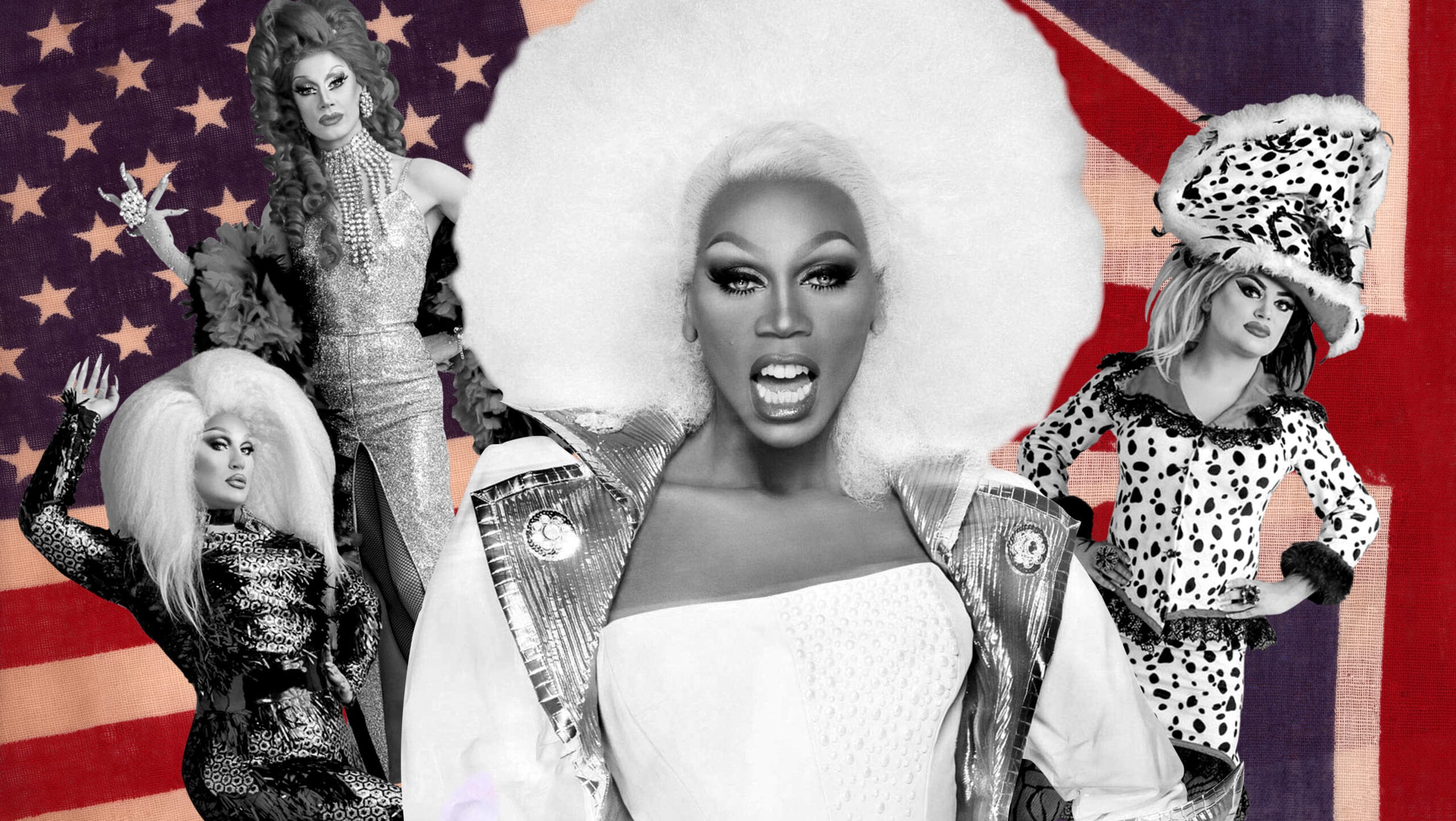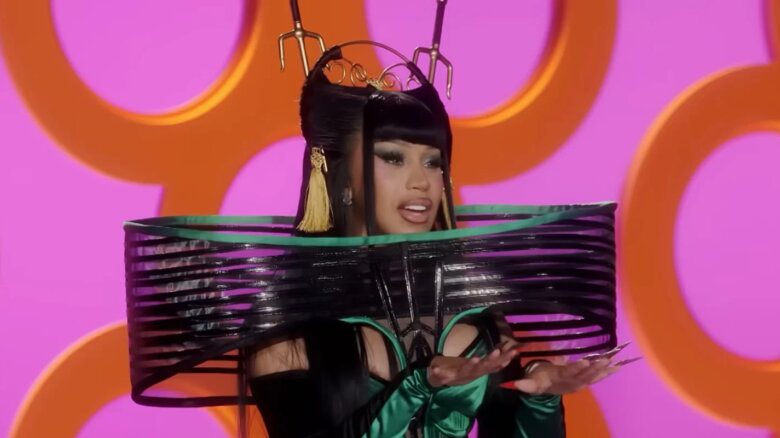It finally happened: RuPaul’s Drag Race aired another truly legendary season.
Since 2016’s fabled All Stars 2, we’ve seen seasons start strong then fizzle (All Stars 3, All Stars 4, Season 10), or never take off at all (Season 11). But the end result was always the same: four seasons in a row of such underwhelming Drag Race that even the most ardent fans got discouraged. You’d be forgiven for thinking some magic had suddenly escaped the format, unwilling to return.
But then, across the pond on BBC Three, RuPaul’s Drag Race UK launched. Stacked with a cast that ranged from fiercely competitive veterans(The Vivienne, Baga Chipz) to fun-loving upstarts (Blu Hydrangea, Cheryl Hole),the first season boasted one of the freshest, most energetic group of queens on any cast. It put them through their paces in an array of challenges that covered just about every classic Drag Race task (though I did personally miss the Ball challenge). And after some strong storytelling all season, the season resulted in a truly deserving winner in The Vivienne. Though I’m happy to admit I was rooting for the thoughtful underdog, Divina de Campo, Viv makes for an excellent first U.K. champion.
How did production company World of Wonder and the BBC’s collaboration on Drag Race end up so far superior to its American sister? And how can the Drag Race mothership in the U.S. learn from Drag Race UK? I’ve come up with four major things the American version can learn from the spin-off, and one I desperately want it to avoid.
Reduce down to one guest judge an episode
If I could boil this list down to one single, practical suggestion, it would be this one. I was somewhat surprised when the judging panel for Episode 1 of Drag Race UK was just RuPaul, Michelle Visage, Alan Carr and Andrew Garfield. I was even more surprised when it quickly became evident no episode would have more than one guest judge. Even from the start of Drag Race in the U.S., there have always been two guest judges! When there aren’t, both of the rotating judges (currently Ross Mathews and Carson Kressley on the American Drag Race) appear instead. I can think of one exception, and that’s Isaac Mizrahi guest-judging the DESPY Awards episode of Season 7 solo. That’s one exception in 15 seasons.
But you know what? One guest judge works. Really well, in fact. It gives the guest so much more time to offer critiques and establish themselves on the panel. Not every guest this season was good—Geri Horner was one of the all-time worst—but judges like Garfield and Little Mix’s Jade Thirlwall used the extra time to really dig into their notes. We got to know them not just as the celebrities they are but as invested critics of Drag Race’s queens. U.S. could really boost its guest judges in the same way by reducing down to one per episode.
Merge Untucked into the main show
This will probably be the most controversial note on the list, since I know folks love Untucked (and it gives VH1 an extra half-hour of programming every week). But I really enjoyed just having a little pitstop with the queens between critiques and deliberation. Not only does it break up the judging segment, which can run long in the main series, but it recalls one of the best parts of All Stars in the queens’ deliberations. Drama mid-judging does happen—it’s the entire purpose behind having Untucked—but not so reliably that it needs a whole extra 30 minutes all the time.
That said, I recognize this is unlikely to happen on VH1, and definitely won’t happen in the next two, pre-recorded seasons. But it’s easily my favourite editorial addition from Drag Race UK, so I wanted to at least make the pitch.
Let Drag Race get dirty again
I talked about this in my previous piece about making Drag Race great and gay again, but it bears repeating: Drag Race used to be pretty filthy and very queer. Over time, that queerness has flattened into something much more family-friendly and two-dimensional. Nothing was more explicitly exemplar of that than the removal of the beloved puppets mini-challenge, which involved removing puppet likenesses of queens from a hole in a wall. The practice was meant to mock the gay tradition of glory holes, and evidently, that was too spicy for the show’s new network. It was removed in Season 10.
You could argue this was just done because the puppets challenge wasn’t popular, except a) it very much was, and b) its return on the raunchier Drag Race UK indicates World of Wonder still likes it. So let’s bring it back to the original recipe Drag Race! And let’s stop trying to be a family-friendly drag show! Drag Race needs to return to its messier roots.
Get Ru and Michelle invested again
Easily the most surprising part of Drag Race UK was how deeply invested Ru and Michelle seemed in the series. They’re a consummate host and judge on the American show, obviously, but the past few years there’s been something a bit autopilot about each. It’s hard to pinpoint exactly what’s different, but pick any random Season 11 episode and compare it to a Drag Race UK installment, and you’ll see what I mean.
While I do think Michelle was sharper on UK because of her connection to the country, Ru’s refreshed outlook was the bigger surprise. From his wardrobe choices to his interactions with the other queens, he felt as connected as he did in the U.S. show’s early days. I’m not sure what has to be done to get him similarly excited about the main show again—maybe give he and Michelle a shake-up to their roles?—but VH1 and World of Wonder would be wise to do something fast. Otherwise, Ru might want to stay in the U.K. for a while longer.
Never, ever explain that shantay means stay
I beg of you, Drag Race U.S., never let Ru say, “In a moment, I’ll ask one of you to shantay, which means stay.” I know you did on that one All Stars 4 episode. I’ll forgive and forget that. As long as it never happens again. My poor heart can’t handle it after a season’s worth of it on UK.


 Why you can trust Xtra
Why you can trust Xtra


